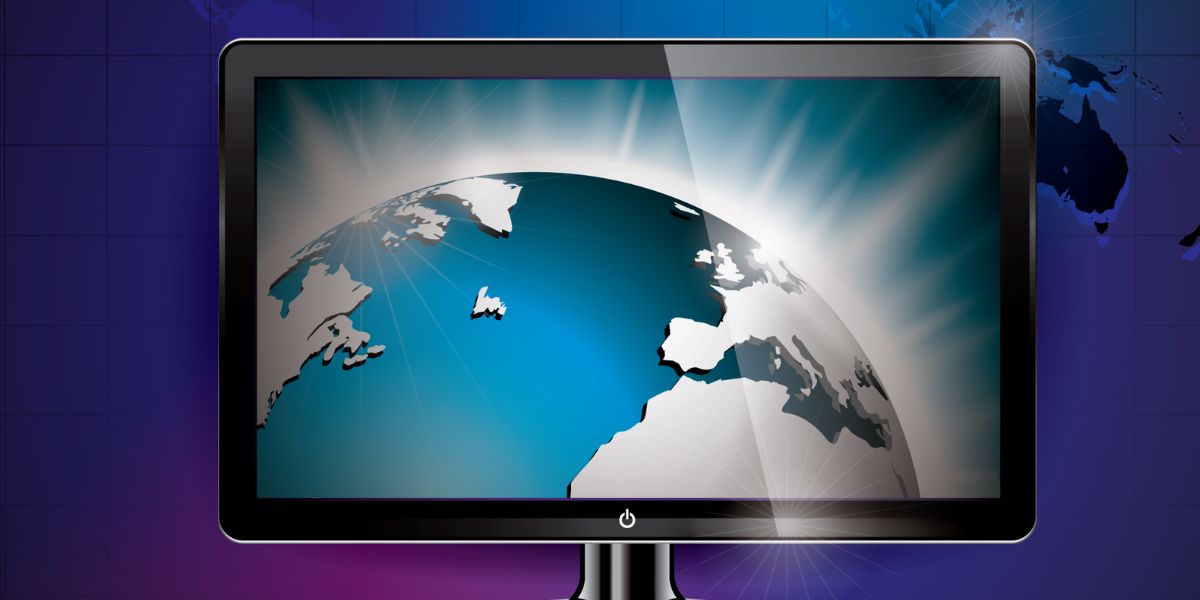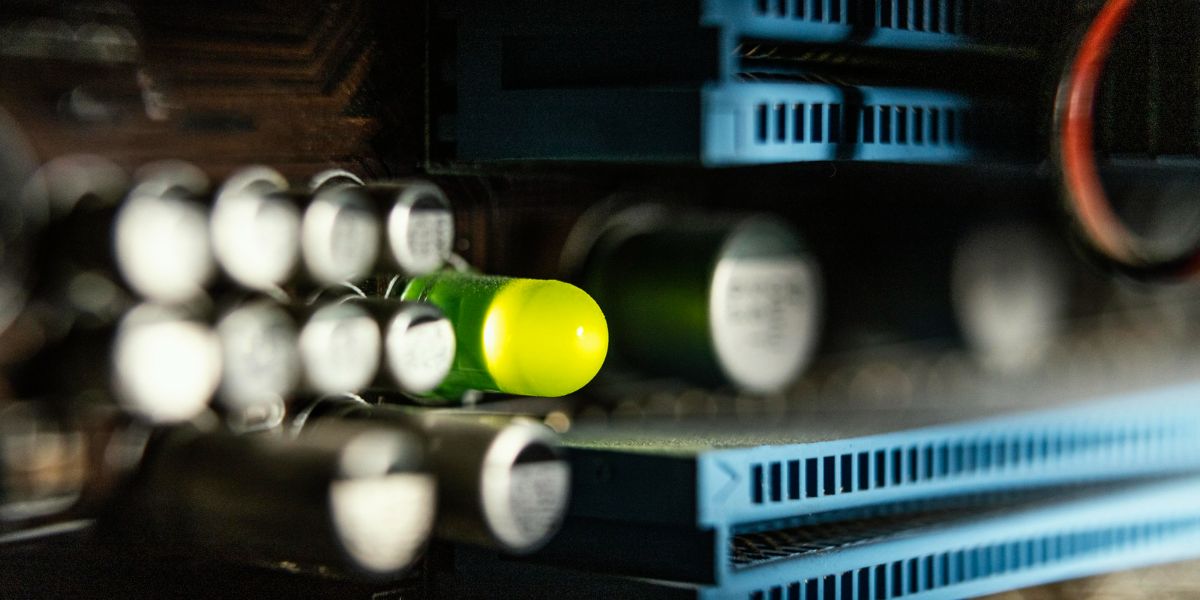
Internet Protocol Television (IPTV) has quickly become one of the most popular ways to stream TV shows, movies, and live channels. Unlike traditional cable or satellite TV, IPTV uses an internet connection to deliver content, offering viewers more control, flexibility, and convenience. Users can watch their favorite shows whenever they want on a wide range of devices, such as smart TVs, smartphones, tablets, and computers, making entertainment more accessible than ever before.
Go through this blog to learn about the essential features every IPTV server should include. Let’s get started!
IPTV (Internet Protocol television) modernizes TV viewing using the TCP/IP suite instead of traditional broadcast, cable, or satellite methods. Typically provided by a service provider, IPTV offers live TV and on-demand videos via IP networks. While IPTV can serve video content over a private network in businesses, these setups are less common than subscriber-based models due to complexity, latency, and scaling issues.
IPTV feels like browsing the internet instead of just flipping through channels. It uses IP (Internet Protocol), which acts as a helpful delivery mechanism to bring videos right to you. When you click on a TV program or request a video, those videos from various sources (servers) are split into little data packets and sent over the internet. Video servers then send those programs through fiber-optic cables to homes, all through your internet connection, making it easy for requests to be sent out and come back to you.
Let’s explore the IPTV architecture together to understand how IPTV works better.
There are two primary types of IPTV architecture for deployment: centralized and distributed.
The centralized architecture model is a simple, manageable solution. A comprehensive content distribution system isn’t needed since the content is stored on centralized servers. It suits networks with small VOD deployments and adequate bandwidth (CDN).
Distributed architecture scales like centralized systems but improves bandwidth usage and system management for larger server networks. Operators planning a large system should implement a distributed architecture from the start. This model requires advanced content distribution technologies to enhance multimedia delivery over the provider’s network.
The central unit receives broadcast content from satellites and antennas, encodes it, and sends live TV channels as IP multicast streams. It also has servers for ads, live TV, and VOD. Users requesting on-demand videos are stored and delivered as IP unicast streams. The VOD platform is part of IPTV’s central system.
IPTV channels and videos are delivered via a fiber-optic internet connection. Viewers access this signal through their local internet service provider, including broadband, fiber optics, or DSL.

IPTV server hardware encompasses the physical devices that store, process, and distribute IPTV content. This includes dedicated servers, storage solutions, and network infrastructure, all working together to deliver a smooth streaming experience. Read about what you should look for in an IPTV server’s hardware:
Read about the essential features that you need to look for in every IPTV server:
When choosing an IPTV provider, looking for options that offer Full HD or 4K streaming capabilities is essential. Higher resolution options will provide a better viewing experience with clearer images and more detail. However, some IPTV providers may only offer lower-quality streams, which can detract from your enjoyment, so take the time to check user reviews before committing to a subscription.
A high-quality IPTV Smarter service should have broad compatibility to enhance the user experience. It must work seamlessly with various Smart TV models, including popular brands like Samsung, LG, and Sony.
Additionally, the service should support devices such as Amazon Firestick and Android TV Boxes. Users should also enjoy access via smartphones and tablets running on Android and iOS, as well as through Windows, Mac, and various web browsers for ultimate flexibility.
An Electronic Program Guide (EPG) is a valuable tool for viewers. It aids them in tracking upcoming television shows and schedules, and its user-friendly interface makes navigating live TV channels significantly easier.
Users can effortlessly find out what shows are on the following, set reminders for their favorite programs, and even explore detailed information about each show, enhancing their viewing experience.
Finding a streaming service with a strong Video On Demand (VOD) library is essential if you love watching movies and TV series. A robust VOD library will provide access to the latest blockbuster films and popular television series and offer diverse genres, ensuring there’s always something to enjoy. If you prefer action, drama, or documentaries, a comprehensive collection will enhance your viewing experience.
Catch-up TV allows users to rewatch missed programs initially. Often available for a limited duration, typically up to seven days after the original broadcast, this service lets users watch their favorite shows, news segments, and other media at their leisure. Whether it’s a dramatic episode, a comedy, or an important event, catch-up TV ensures you never miss out on great content.
If you’re aiming to find the best servers that run smoothly without any interruptions, look no further than the streaming servers available at OffshoreServers.NET. You can explore our website to discover more about our offerings!
IPTV provides many benefits, making it appealing to modern users. Some key benefits include:

To create your own IPTV server, you must set up a streaming server, prepare your content, and distribute it to viewers. The process involves preparing video files, creating playlists, and using a server-side playlist to stream content over a network.
If you want to enhance your IPTV server, a streaming server can make a significant difference. You can easily find it on our website. We’re here to help, so don’t hesitate to reach out and learn more about it.
Choosing the right IPTV server involves more than just streaming; it’s about delivering a seamless, high-quality experience across devices. Every element counts, from strong server hardware and VOD libraries to EPG, catch-up TV, and multi-device compatibility. When asking, “What is an IPTV streaming server?” it becomes clear that focusing on these features is crucial. By ensuring efficient performance, user satisfaction, and long-term scalability for your IPTV setup, you can stay informed and make your IPTV service stand out in the competitive digital landscape.
Remember to weigh all your hosting options before you buy, and if you are still unsure, you can always rely on OffshoreServers.net for reliable offshore hosting solutions within your budget. Talk to an expert on our team to learn more!
We Accept Bitcoin, Litecoin, Dash, PayPal & Perfect Money